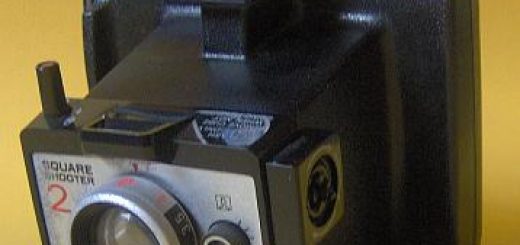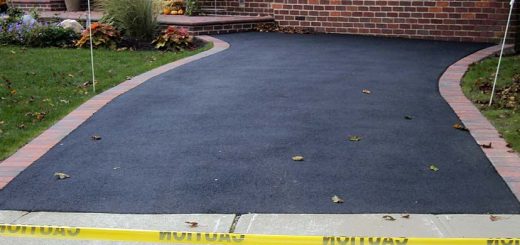How Much Does It Cost to Dig a Well
A well is an excavation to extract water from an aquifer. There are different digging methods used and for the traditional method, a water well is created using wide holes with 10’ to 30’ deep. In the United States, the most common method used is through drilling. This method uses drill rig which is quite expensive. The rig is mounted on a truck and can dig up to 100’ to 400’ deep or even more. So, how much does it cost to dig a well?
Different Types of Wells
There are three different types of wells which include dug wells, drilled wells and driven wells. How are they different?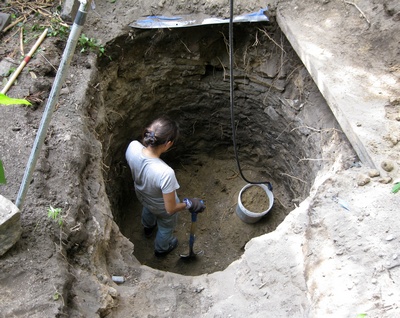
Dug Wells: This is the oldest type of well as the wells are lined in the top using materials like concrete or
bricks. These materials keep the water from infiltrating the well.
Drilled wells: This is the most common type of well used these days and they can go really deep into the ground.
Driven Wells: Using a certain perforated pipe, it is pounded deep into the ground. This type of well is not too common. It is a better option if the aquifer is shallow.
Average Costs To Dig A Well
The well drilling cost varies depending on the method used. The price is also rated based on foot , difficulty level and the materials used. For instance, in drilling the hole and the installation of the case as well as a well cap, the water installation cost is around $15 to $30 per ft. For 100’ deep well, it could cost more ranging from $1,500 to $3,000. It could cost even more for a deeper well. Then again, there are instances where in the areas are difficult to access, so the well drilling cost is much more expensive.
When it comes to digging a well, the total cost does not only comprise the drilling and the water installation 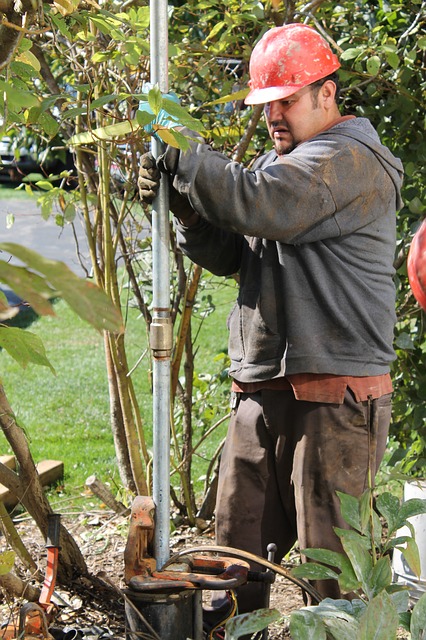 cost. Once the well is drilled, a water system is created. The complete water system costs about $2,000 to $8,000 which includes electrical wiring, control panel and pump among many others. For a water delivery system (private), the cost ranges from $3,000 to $20,000. A much more intricate water system could cost more between $20,000 to $50,000. The cost of the water system depends on various factors like complexity, yield and depth. You also have to factor in the cost of a pump system ranging from $7,000 to $8,000.
cost. Once the well is drilled, a water system is created. The complete water system costs about $2,000 to $8,000 which includes electrical wiring, control panel and pump among many others. For a water delivery system (private), the cost ranges from $3,000 to $20,000. A much more intricate water system could cost more between $20,000 to $50,000. The cost of the water system depends on various factors like complexity, yield and depth. You also have to factor in the cost of a pump system ranging from $7,000 to $8,000.
What to Expect
The Kansas Geological Society provides the necessary information that you need to know about drilling methods. How long will it take to drill a well? It usually takes several days including the installation of the casing. The drill rig is mounted on the truck and positioned on the target area. There are certain areas that would require permit and there are also regulations. There is a tool provided by the Water Systems Council to help you with the state code pertaining to digging a well.
Searching for a Well Drilling Contractors
Well drilling is quite expensive. So, you would not want to take any chances. Make sure that you only get a certified, professional and reliable contractor who can do the job. Where do you find that contractor? You can start looking at the National Ground Water Association. They provide a list of resources, licensing agencies and other reports that you need in order to get to know more about the different contractors and methods used.
Contractors will, in turn give you a written contract stating the complete details of the work and the costs. The contract also includes the potential fees.
Hiring a Water Well Contractor
Before selecting a contractor, it actually helps to have at least set of information and to have several contractors. You can search the web for contractors. Look at the license number and you can also read reviews and feedback. To help you get the best contractor, there are important considerations. For one, you need to make sure that the contractor has the necessary licenses and permit to operate. You need to know that the contractor is certified by the National Ground Water Association. The highest level given to a contractor is the Master Ground Water Contractor.
Aside from the license of the contractor, you also need to know if they submit well logs and if they have enough equipment. How about worker’s compensation insurance? These small details might appear to be unimportant, but in the event that something happens at least you know the workers are insured and covered.
Itemizing Costs
When you have finally hired a contractor and there is the written contract, take the time to review it and make 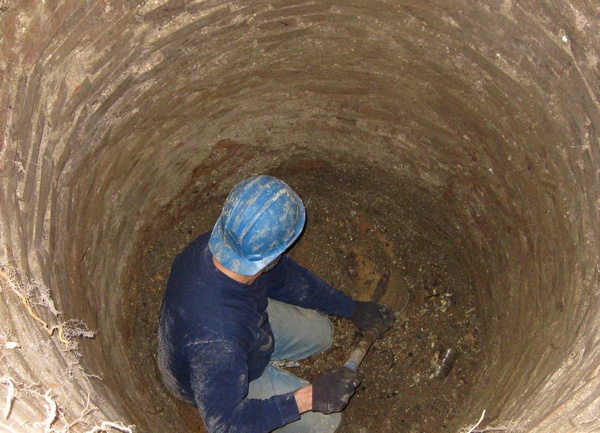 sure that the costs are itemizes. The list could include the cost of drilling per foot, casing per foot and the cost of materials used like well cap, grout and drive shoe. The contractor may also include other costs for operations like test pumping, disinfection and grouting. In the written contract, it should also state what costs are not included in the given specifications.
sure that the costs are itemizes. The list could include the cost of drilling per foot, casing per foot and the cost of materials used like well cap, grout and drive shoe. The contractor may also include other costs for operations like test pumping, disinfection and grouting. In the written contract, it should also state what costs are not included in the given specifications.
Checklist for Finished Well
After the job is finally done and prior to the contractor pulling put the equipment, you should make a final inspection. Have a list of items to check to ensure that the work is properly and completely done. First is to check the depth of well. Check the measurement against the report given to you. The second is to check the well yield. You can ask the contractor as to how many gallons in a minute. In addition to the well depth and yield, look at the well cap. Make sure that the well is capped and that it is secured. The cap should be at least 6 inches above the ground. You can also ask the contractor if the well’s disinfected. Last but not the least, you should have a well record. Get a copy from the contractor. Keep the well record for future use.

